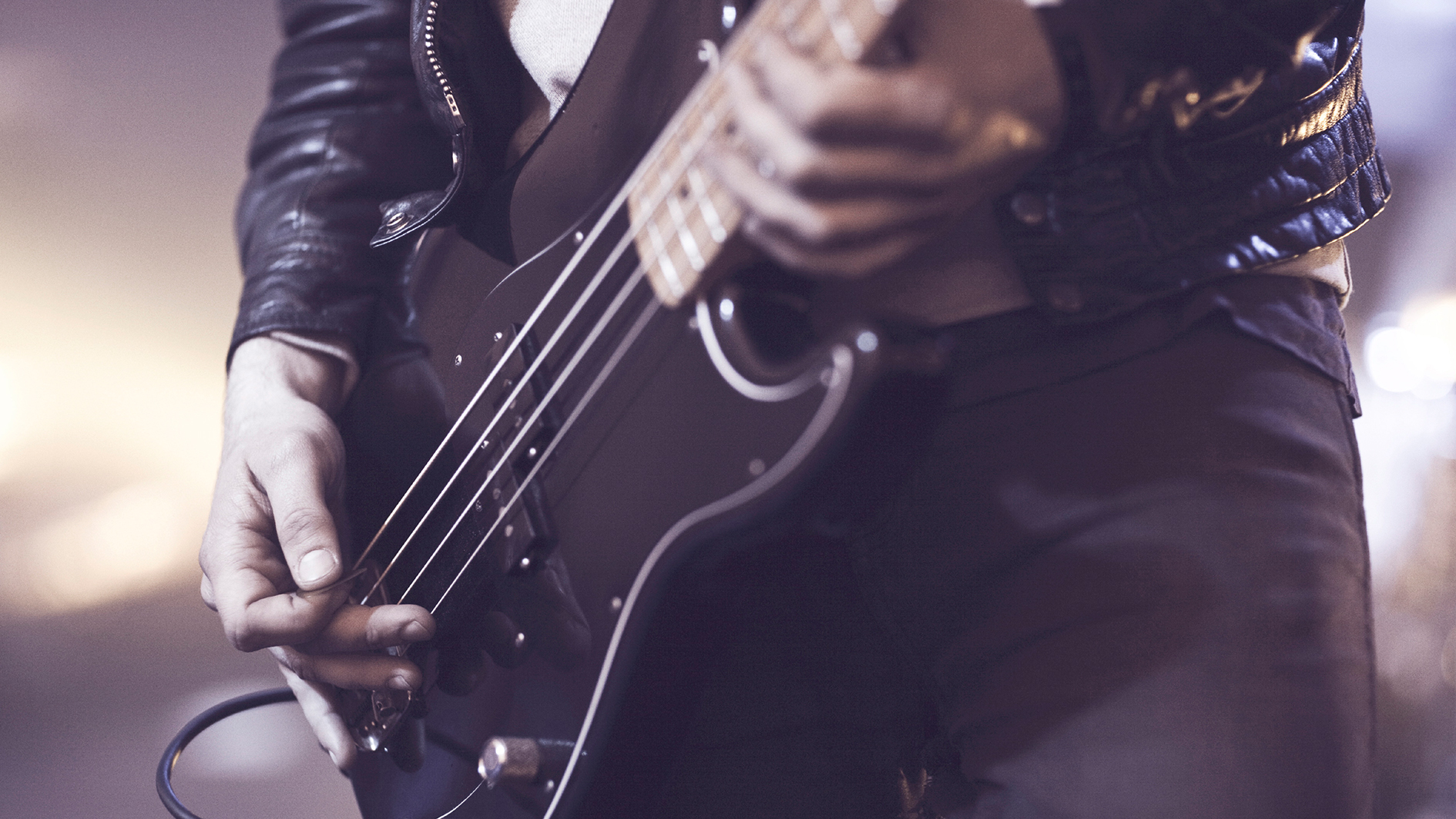Bass players must complete these important exercises to avoid long-term injuries
Remembering these will keep you playing pain free for years to come

As a 16-year-old, I spent countless hours practicing my instrument. I played until my hands hurt so much that it was impossible to even think about playing another note. Like most young people, I assumed that nothing would ever prevent me from being able to continue such a practice regimen.
I was wrong.
One day, I noticed that the pain I experienced while I was playing didn’t go away a few hours later. Or a day later. Not even a week changed things. My fretting hand hurt and it hurt a lot. I sought out the help of a doctor, who referred me to a hand specialist.
At the time, I didn’t even know hand specialists existed. I was given a series of exercises to do to strengthen my hand, stretches to complete after playing, and attended twice a week therapy sessions to fix what I had done to my hand. I stopped playing for a year and a half because of my hand/wrist problem, and I was devastated.
Vicki Hawkins, registered physiotherapist and member of the Performing Arts Medicine Association, works out of the renowned Al & Malka Green Artists’ Health Centre (part of the University Health Network) in Toronto, Ontario, Canada and says “injuries that we often see at the Artists’ Health Centre include overuse injuries for the wrist and hand, as well as shoulder and neck strain secondary to poor posture.”
Anyone who has ever slung a heavy 5-string bass over their shoulder and played a two hour gig can easily understand what she means.
The more important question is: How do you prevent this from happening to you?
Warm up
“Warm up prior to playing is very important” says Hawkins. It should include “three to five minutes of moderate cardiovascular activity, such as stairs or a fast-paced walk around the room. This should be followed by some large movements of the larger joints - shoulder and elbow - then smaller movements of the wrists and digits.”
This may come as a surprise to most bass players, but when you consider the fact that increased cardiovascular activity results in increased blood-flow to your muscles, it starts to make sense.
Only after the routine above should you commence your bass-specific warm-up, which can include things such as scales or whatever other musical exercises that you usually do to warm up. Hawkins is clear on the fact that this entire process should not be rushed: “the whole process may take up to ten minutes.”
Take regular and productive breaks
Once you’re warmed up and you’re playing, your attention to injury prevention should still be a priority. “It is also very important to take frequent breaks from playing, every 20 to 30 minutes.
The break should not be long (one to five minutes) but enough time to get out of the “bass position”: Get a drink of water, do some shoulder circles.” says Hawkins.
Strengthen your muscles
Bassists “need to focus on strengthening the shoulder and stabilizer muscles and the core stability muscles in order to support their playing. These exercises may need to be completed daily for a period of time in order to build strength.”
Hawkins mentions that no two players are the same, and therefore each individual may need to complete a different set of exercises. If you suspect that your core and shoulder/stabilizer muscles may not be as strong as they should be, seeing a physiotherapist to recommend a personalized set of exercises may be in your best interests.
There are several websites that make stretching and strengthening exercises available to their students. Like all medical advice, you should always seek the input of a professional before trying any new exercise routine, even one as relatively harmless as a hand workout.
Stand up straight!
Remember when your mom used to yell at you to “stand up straight!”? She was right. Again. Hawkins stresses that “it is also important to focus on good posture while playing so that the muscles are in the optimal position.” This may mean that having your bass slung as low as your favorite rhythm section hero may not be the best idea.
Stretch after you play
Contrary to popular belief, you aren’t supposed to stretch before you play, but afterwards. Stretching beforehand can actually help lead to injuries.
Hawkins elaborate: “Stretching should be completed after playing and should include the wrist flexors and extensors, the intrinsic hand muscles, and the pectoral muscles at the front of the chest. Stretches should be held for at least 20 seconds, and completed every day to be effective.”
Seek help when you feel pain
Sometimes it doesn’t “hurt so good”. Pain is a signal that something is not as it should be. A bassist “should seek medical attention if the pain is sharp, unrelenting, or gets worse instead of better. Also, if there is any tingling in the extremity (the fingertips for example) or a change in sensation” it’s time to seek medical help.
We often take our bodies for granted when all is working as it should be. It’s not until we’re dealt a blow to our health that we pay attention to what we should be doing. Bassists everywhere, at any level - amateur or pro, hobbyist or rock star - owe their craft to their hands. Take care of them and you’ll be setting yourself up for a lifetime of enjoyment with your favorite instrument.
Get The Pick Newsletter
All the latest guitar news, interviews, lessons, reviews, deals and more, direct to your inbox!
Bass Player is the world’s most comprehensive, trusted and insightful bass publication for passionate bassists and active musicians of all ages. Whatever your ability, BP has the interviews, reviews and lessons that will make you a better bass player. We go behind the scenes with bass manufacturers, ask a stellar crew of bass players for their advice, and bring you insights into pretty much every style of bass playing that exists, from reggae to jazz to metal and beyond. The gear we review ranges from the affordable to the upmarket and we maximise the opportunity to evolve our playing with the best teachers on the planet.









![Joe Bonamassa [left] wears a deep blue suit and polka-dotted shirt and plays his green refin Strat; the late Irish blues legend Rory Gallagher [right] screams and inflicts some punishment on his heavily worn number one Stratocaster.](https://cdn.mos.cms.futurecdn.net/cw28h7UBcTVfTLs7p7eiLe.jpg)

